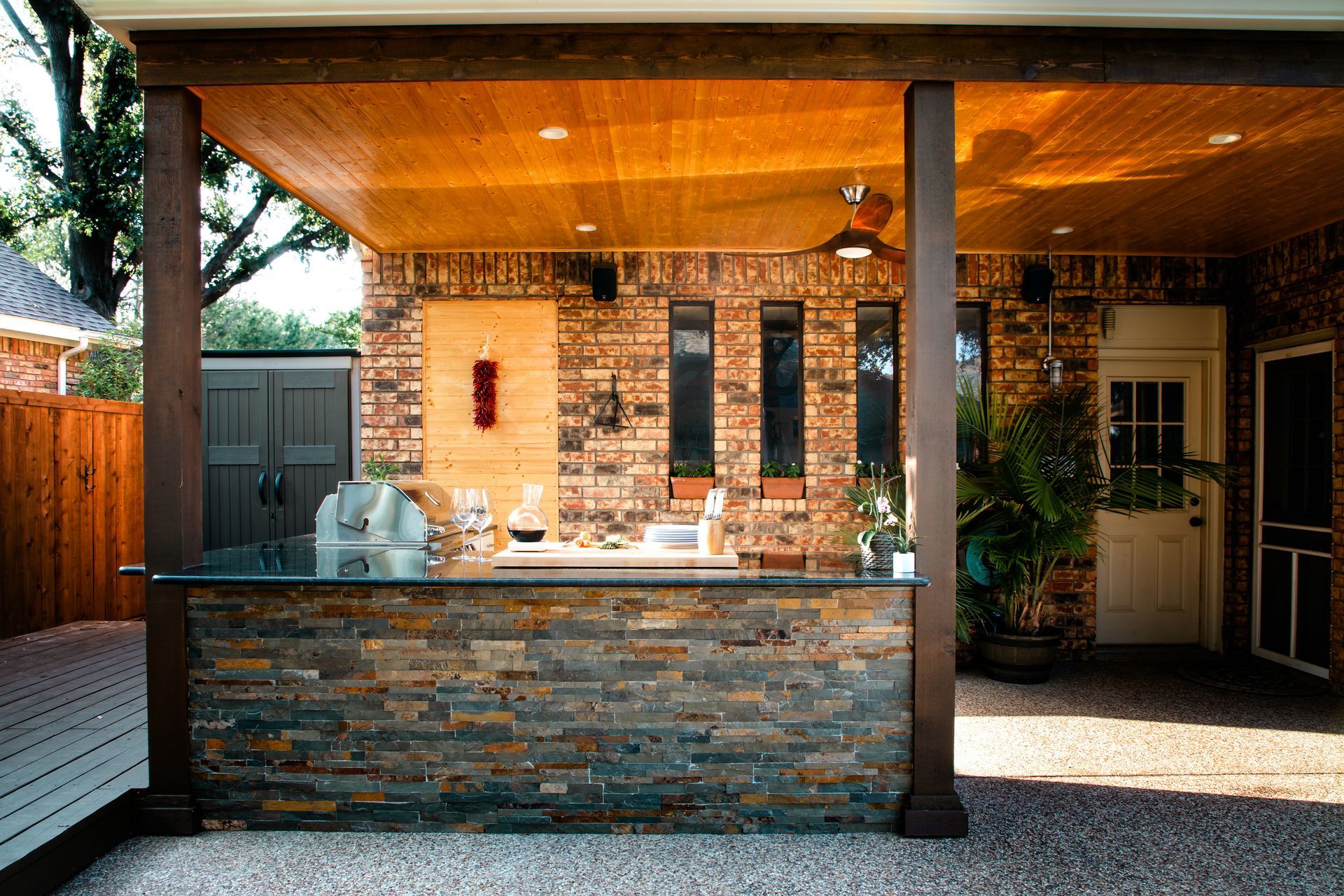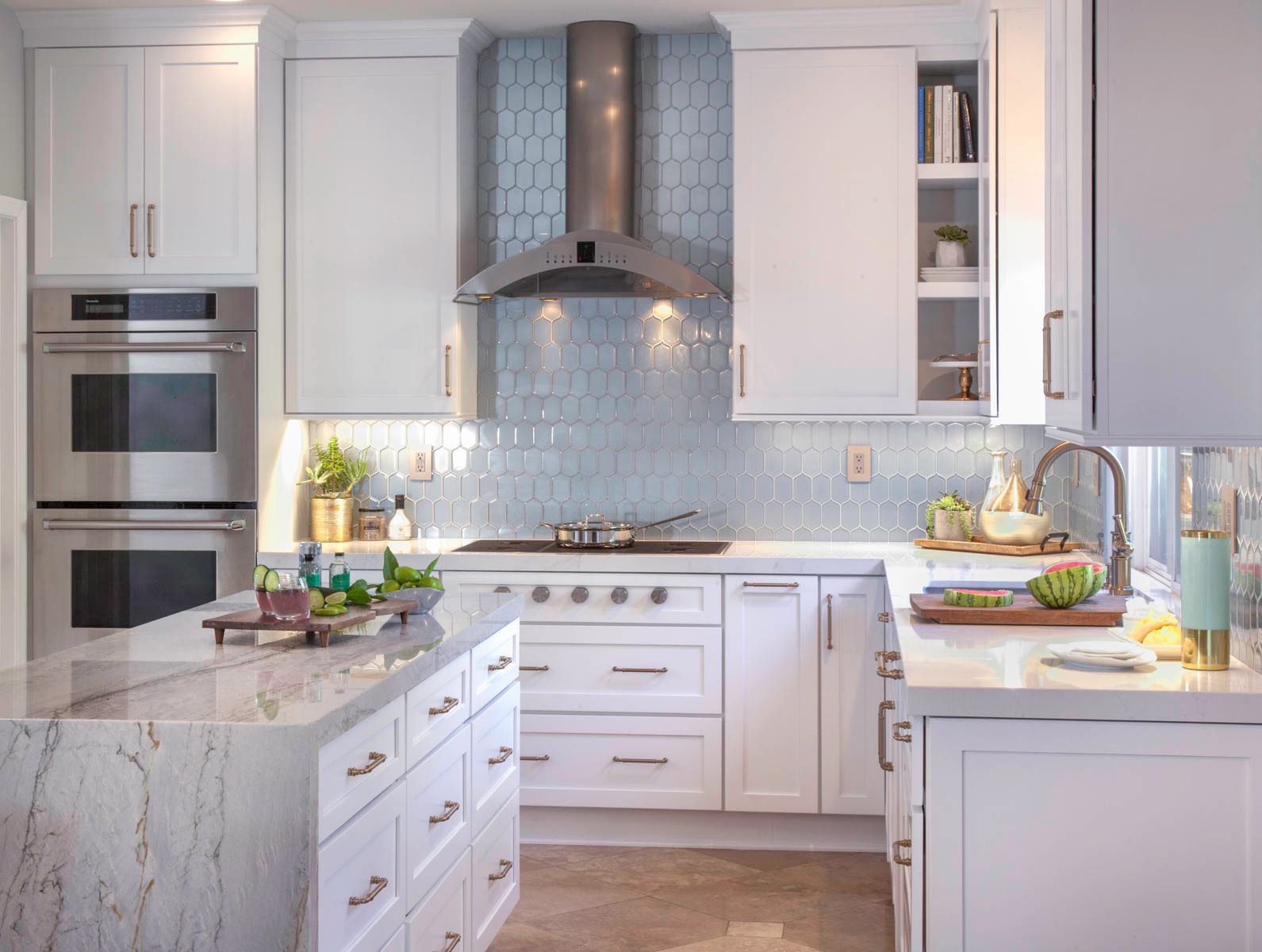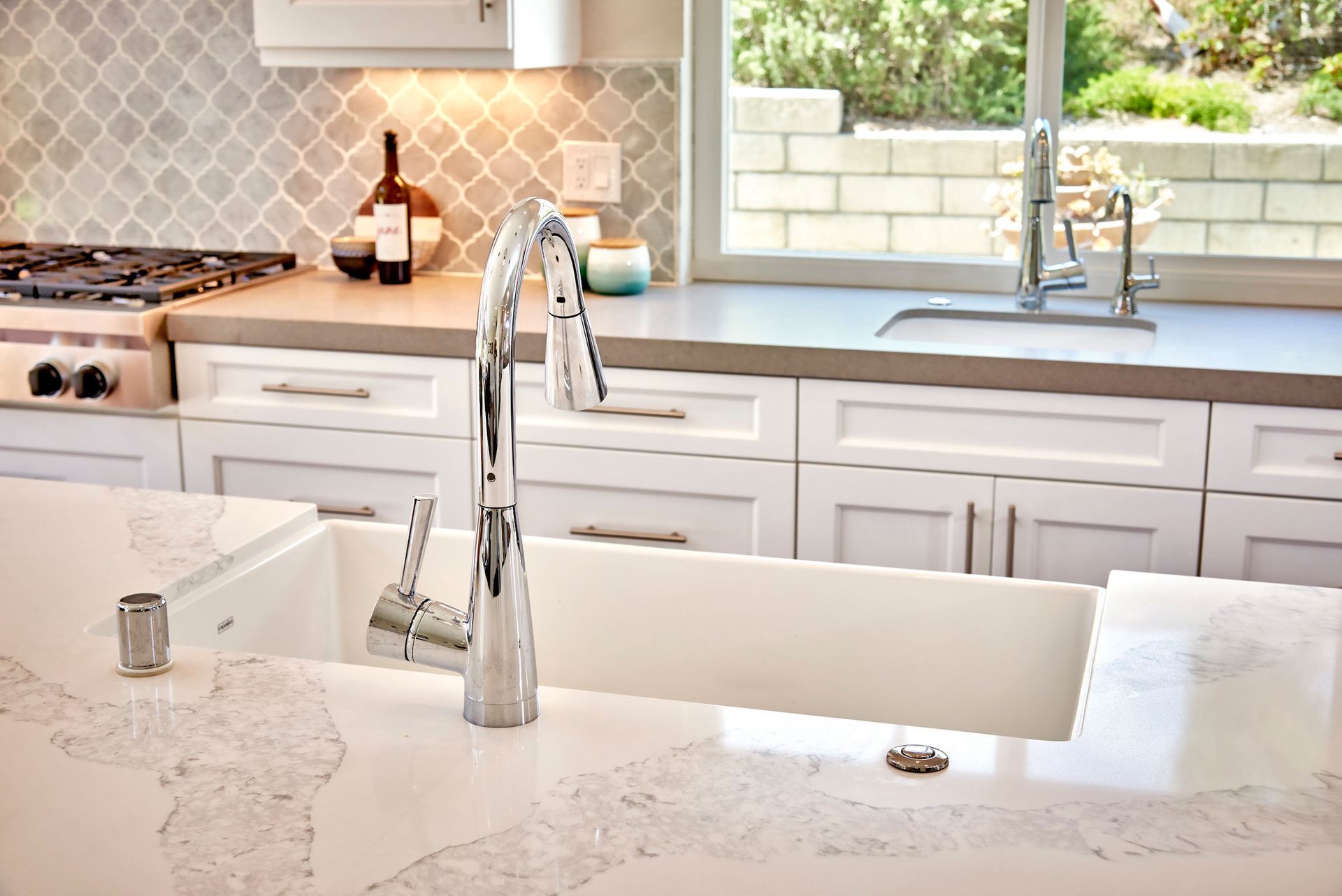Small Projects, Big Impact: Creative Uses for Stone Remnants
Maximizing Style and Savings: The Art of Utilizing Stone Remnants in Home Design
In the world of home renovation and interior design, the beauty and elegance of stone can add a touch of class and uniqueness to any space. However, large slabs of stone for countertops or flooring can be prohibitively expensive for those on tighter budgets or unnecessary for smaller spaces. That's where stone remnants come into play. Remnants—pieces left over from larger projects—can be a cost-effective and creative way to incorporate natural stone into your home. Here are some inspiring ideas for using stone remnants that can significantly impact your space without breaking the bank.
Bathroom Vanities
Transform your bathroom with a touch of luxury by using stone remnants for your vanity top. Whether you opt for marble, granite, or quartz, a stone vanity top can elevate the look of your bathroom, making it feel more sophisticated and spa-like. Because vanities require smaller pieces of stone, remnants are perfect for this project. Pair your stone top with an under-mount sink and simple hardware to let the natural beauty of the stone shine.
Custom Tabletops
Create a statement piece of furniture by topping a coffee table, end table, or dining table with a piece of remnant stone. This project not only gives new life to a piece of furniture but also introduces an element of high-end design into your living space. Stone tabletops are beautiful, durable, and easy to clean, making them practical for everyday use. Choose a piece of stone that complements your decor to create a seamless and sophisticated look.
Fireplace Surrounds
Give your fireplace a facelift with a beautiful stone surround. Stone remnants can be used to create a stunning focal point in your living room, den, or bedroom. Whether you’re looking for a sleek and modern look with smooth quartz or a traditional and cozy atmosphere with textured granite, a remnant piece can meet your needs. Stone surrounds are heat resistant and durable, making them ideal for use around a fireplace.
Outdoor Accents
Bring the luxury of stone to your outdoor living spaces by using remnants for patio tabletops, garden bench seats, or decorative stepping stones. Stone's natural durability makes it well-suited for outdoor use, where it can withstand the elements while adding elegance to your garden or patio. Custom-cut remnants can fit any design, from a classic garden bench to a modern outdoor dining area.
Shelving and Accents
For a subtler touch of stone in your home, consider using remnants for floating kitchen, bathroom, or living area shelves. Stone shelves can add a unique texture and color contrast to your walls while providing a sturdy surface for displaying decor, books, or kitchen essentials. Alternatively, use smaller remnants to create one-of-a-kind accent pieces like serving boards, coasters, or decorative inlays in furniture.
Making the Most of Stone Remnants
When planning your project, it's essential to:
- Measure accurately: Ensure you have the precise dimensions for your project to select a remnant piece that fits.
- Choose the right finish: Depending on the use and location, consider the stone's finish—polished for a glossy look, honed for a matte finish, or leathered for a textured feel.
- Consult with professionals: Work with knowledgeable providers like Blackstone Stone & Marble to select the best remnant for your project and ensure it's properly cut and installed.
Using stone remnants allows you to incorporate luxurious materials into your home in a cost-effective and environmentally friendly way. Whether it's a small vanity top or a custom dining table, these projects can have a big impact, adding value and beauty to your space. Let your creativity flow and explore the possibilities that stone remnants can offer for your next home improvement project.




LOCATION
Showroom and Indoor Slab Yard
921 Poinsettia Ave Suite 7
Vista, CA 92081
Entrance (Grand Ave)
SHOWROOM HOURS
Monday – Friday: 8:30am to 5:30pm
Saturday: 10am to 3pm
REMNANT YARD
Monday – Friday: 11am - 3pm
by Appointments Only
© 2024 All Rights Reserved | Blackstone Granite & Marble Inc. | Website Design by GoBeRewarded






